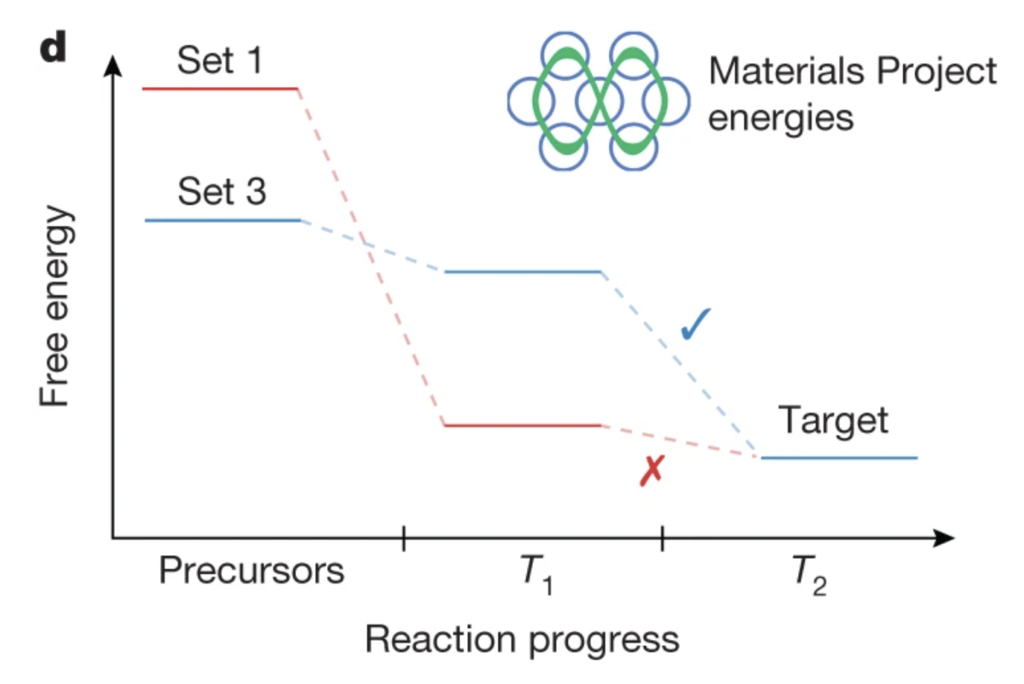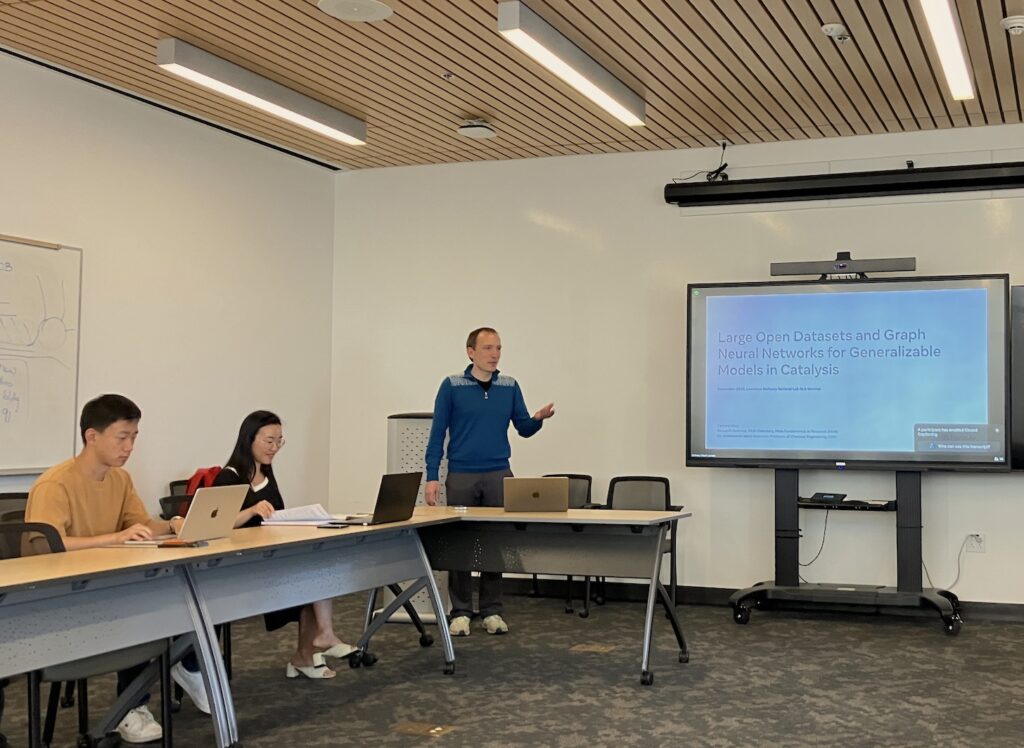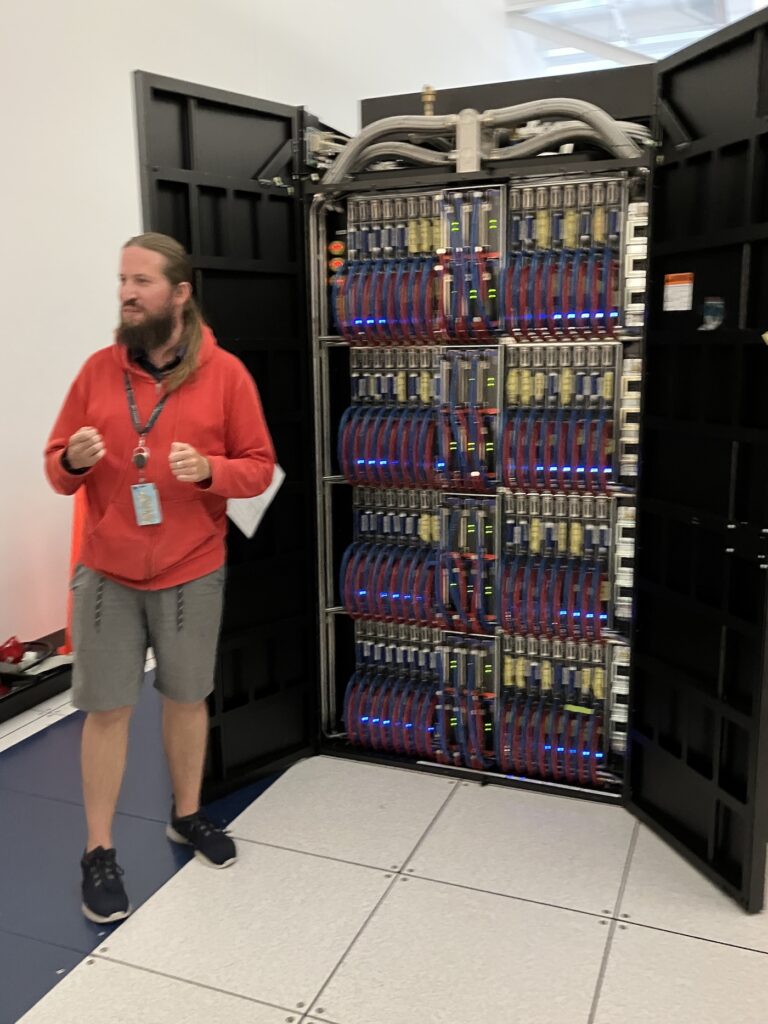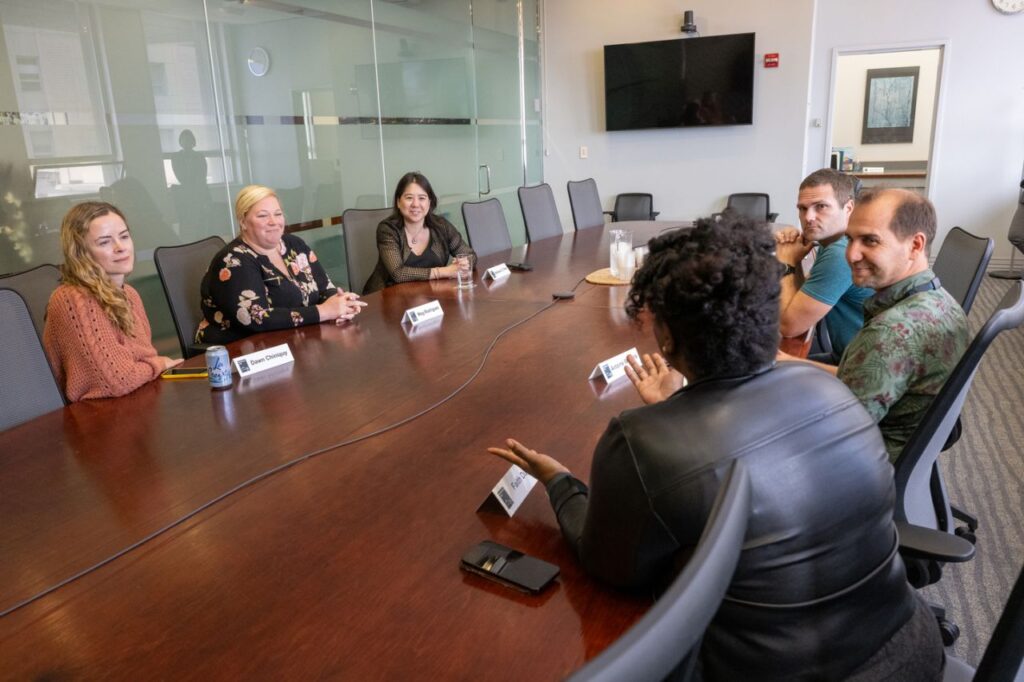Scientist lean many things while they study their subject, but never formally learn how to make a good presentation. Here’s a few resources that can be helpful to get started.
Making a presentation to an audience is important to get your ideas through, and while communication is a basic human trait, communicating effectively requires some thoughts (TED talk speakers go through a thorough training to get their point across.)
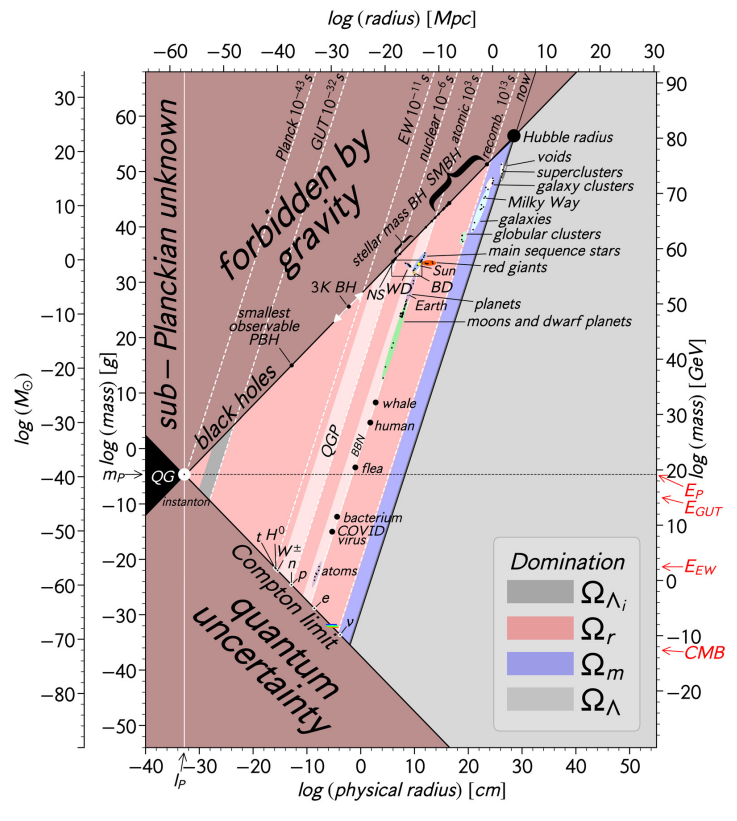
Don’t trust Tufte, go for gold
Someone who has a good resource is Jean-luc Doumont – he’s a regular speaker at the lab and Stanford, and a contributor to Nature and other publications. Here’s a few resources available online:
https://www.principiae.be/X0302.phpAnother interesting speaker is Peter Fiske, who also made a few presentations at the lab; I’m enclosing his slides from some time ago (another interesting but unrelated talk by him is
In general, the workshops for postdocs are really good, and should be attended:
Here are a few things learned, for the use of postdocs where one can easily drown everyone else. These are based on my experience, but there are many resources around the web to draw from.
Some practical presentation rules
(These are stretch goals; I rarely follow these rules myself, but they are useful if you don’t know where to start.)
Use 16:9 format (these days most presentations are online, and most screen are wide)
Start with an outline.Often, using the title to summarize the main point of the slide is a good use of the title.No text should be smaller than 18pts.Use animations sparingly, to expose your thoughts point by point. Avoid fancy animation or transition between slidesNo more than one slide per minute (if there’s more, you can probably merge a few points) Continue reading →
